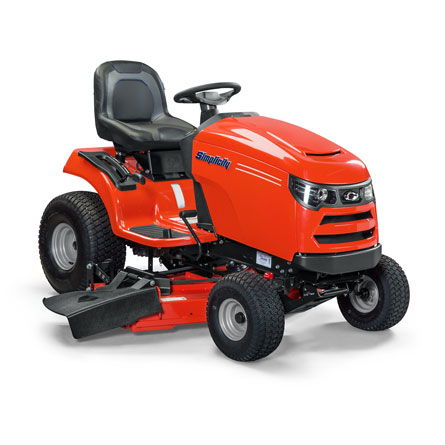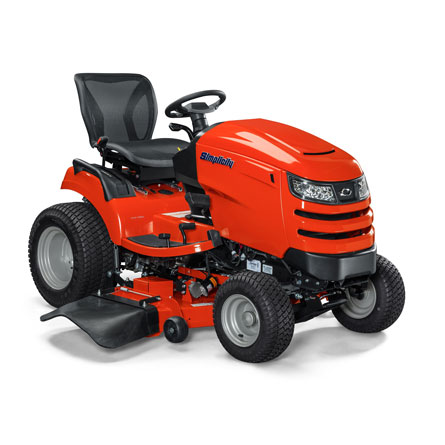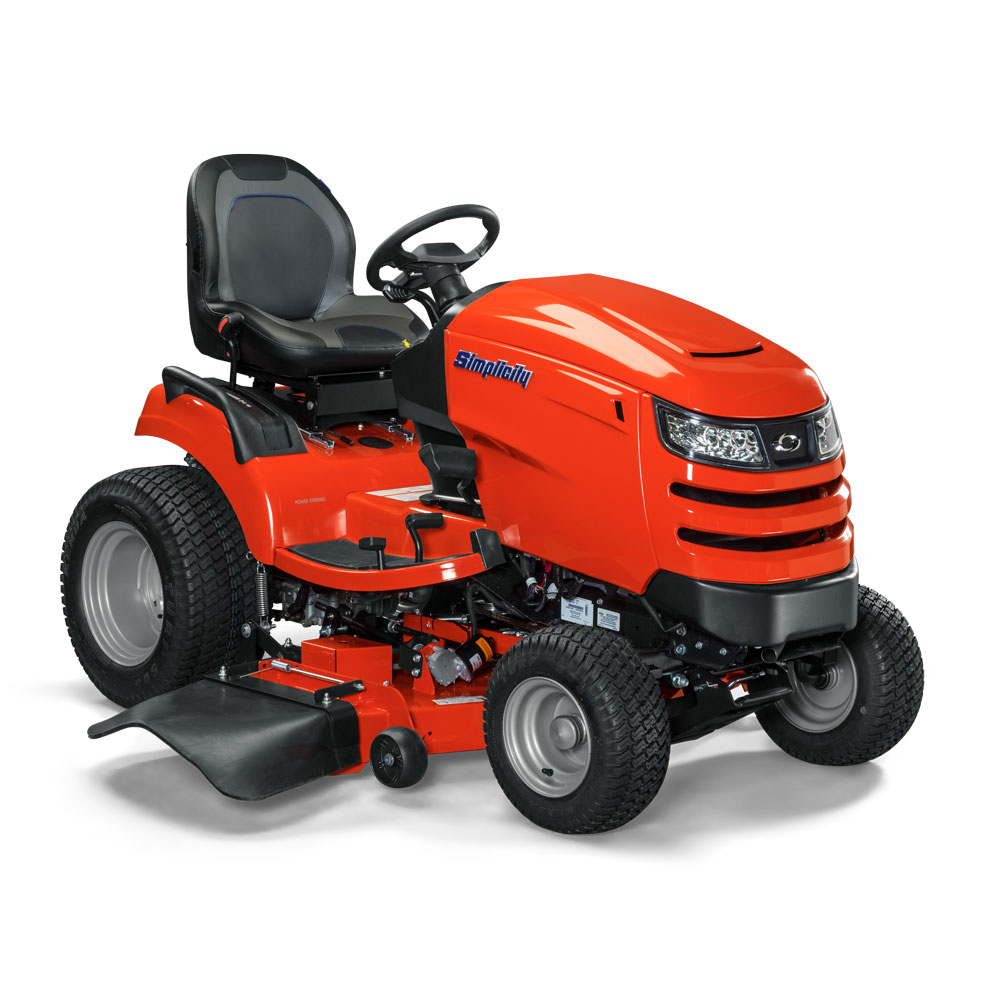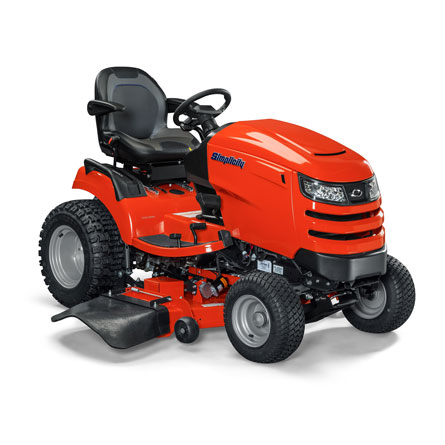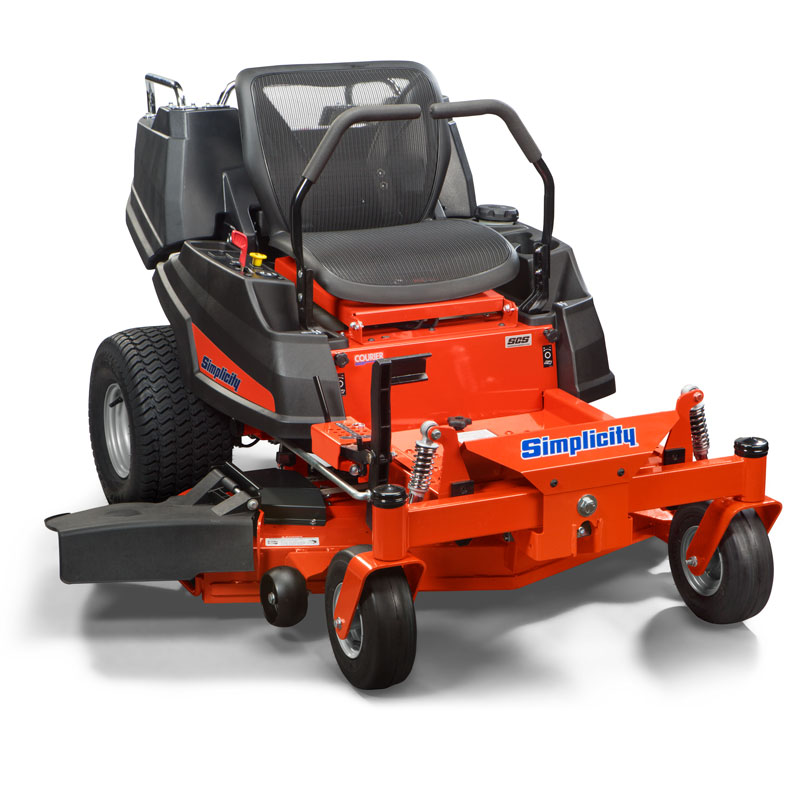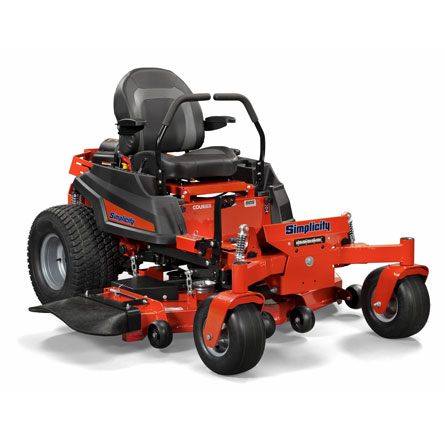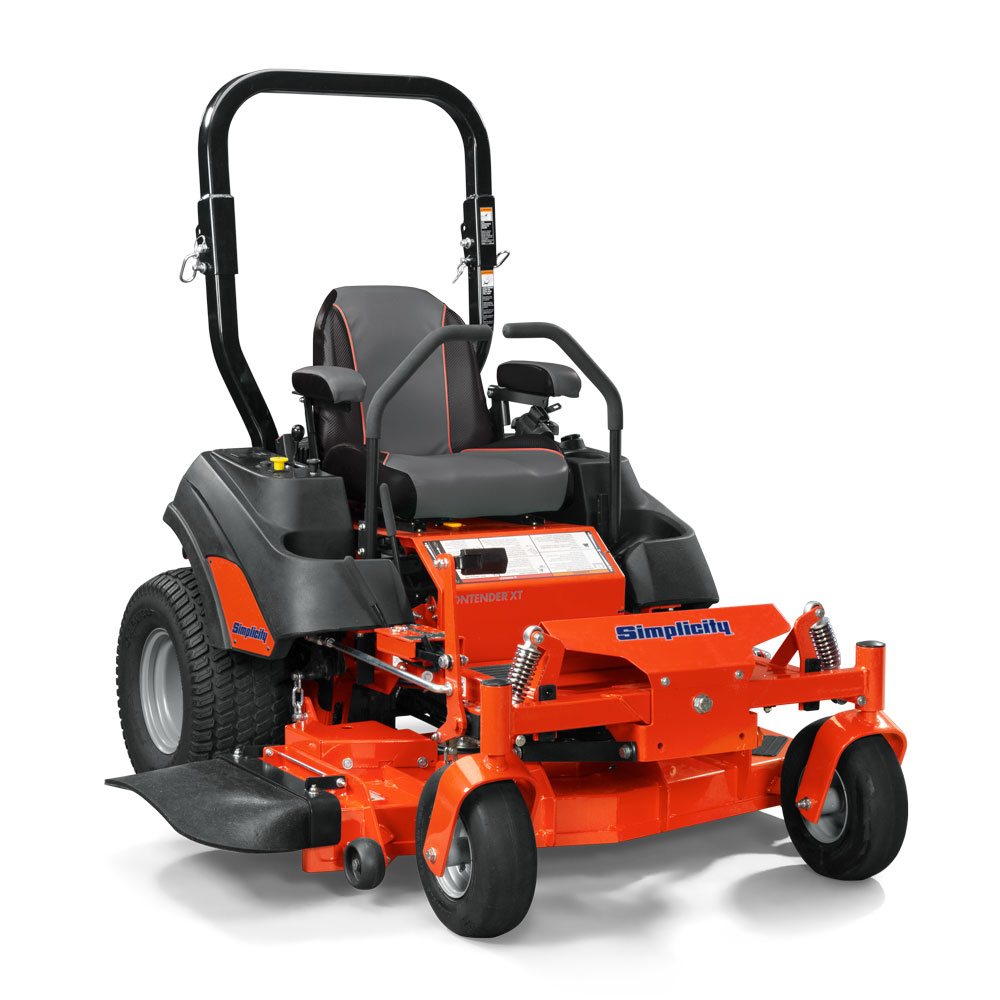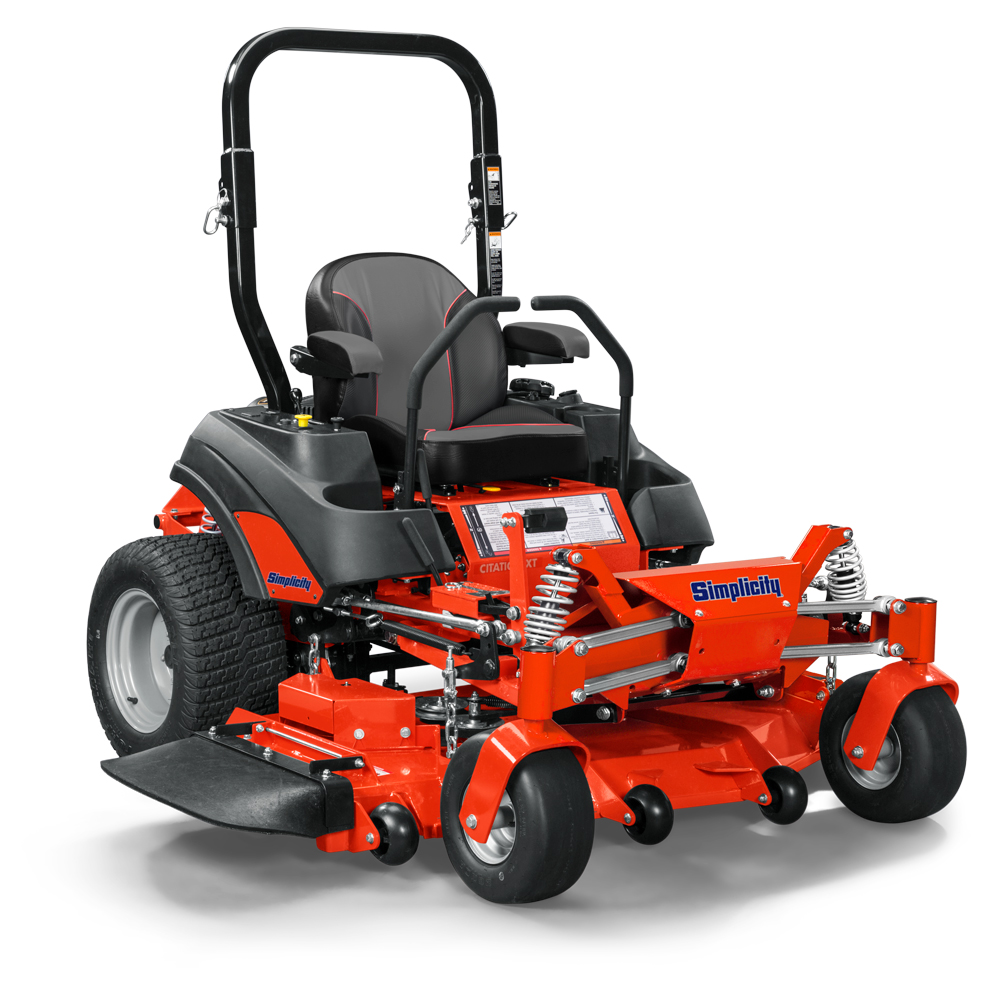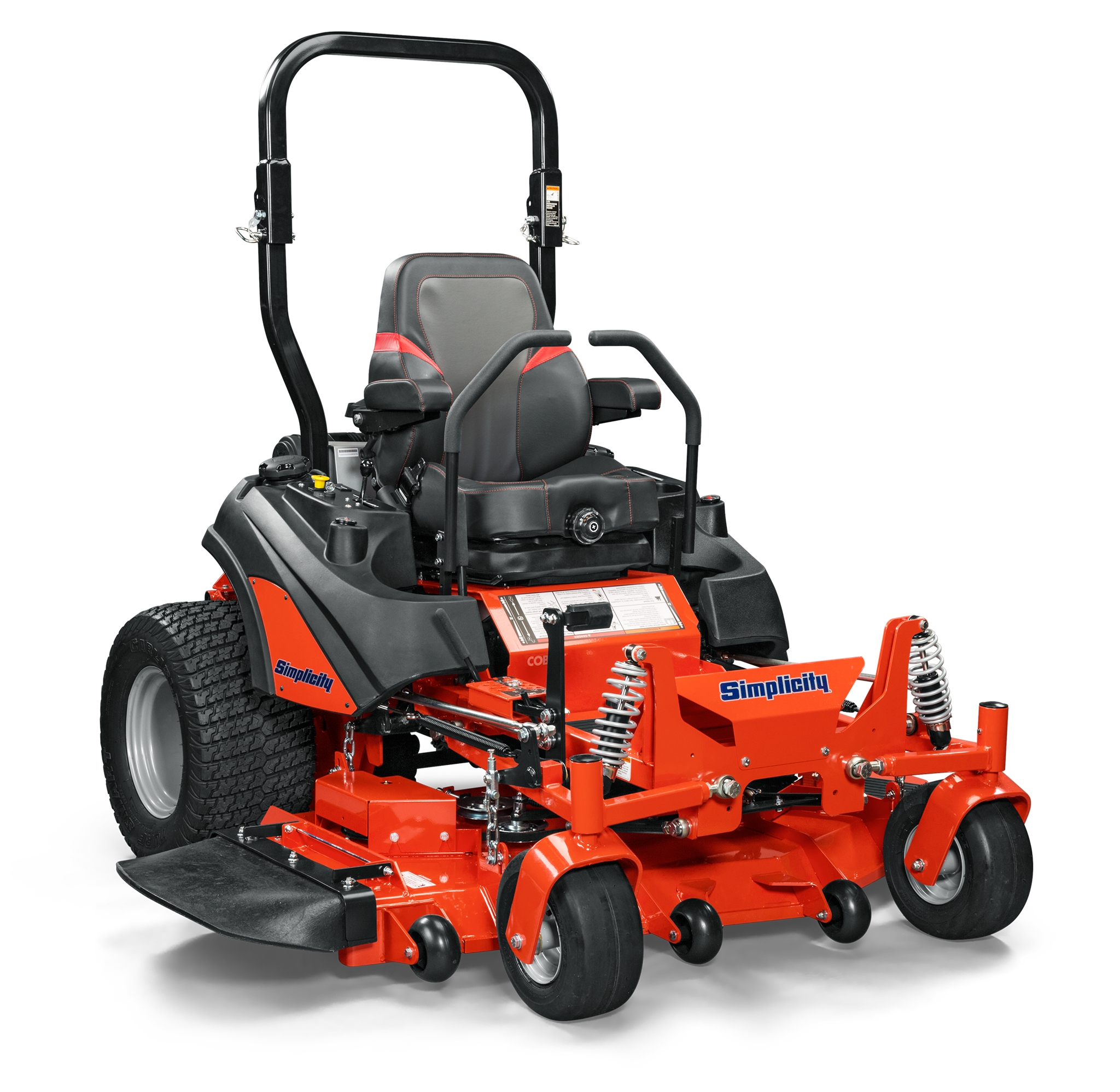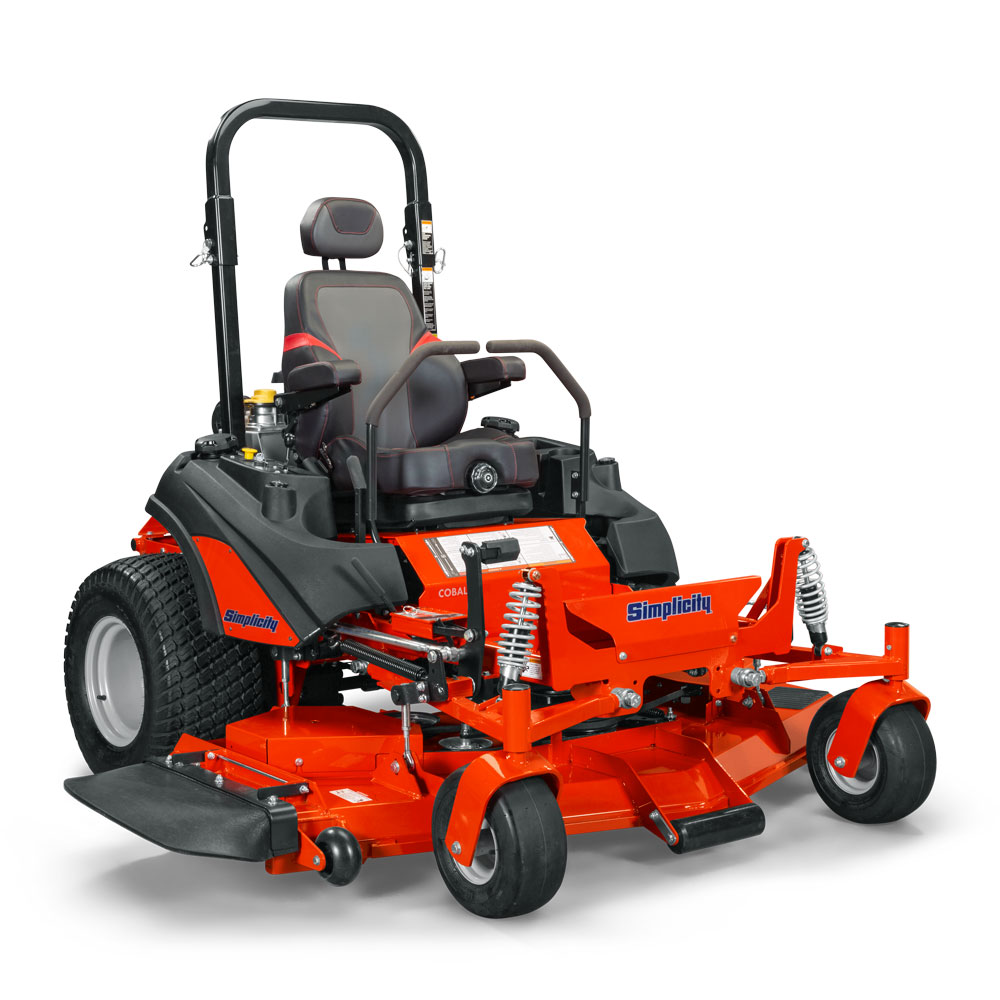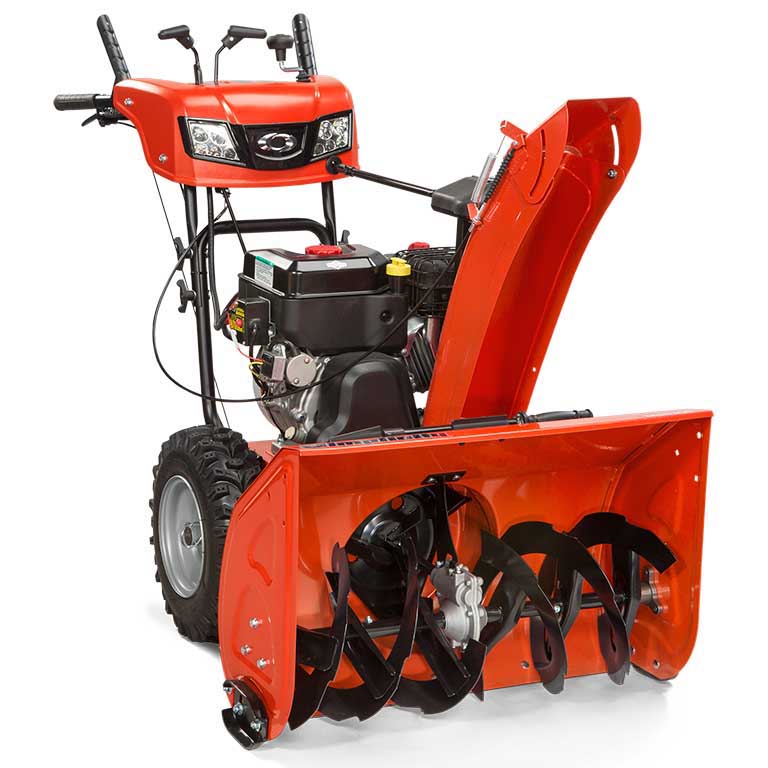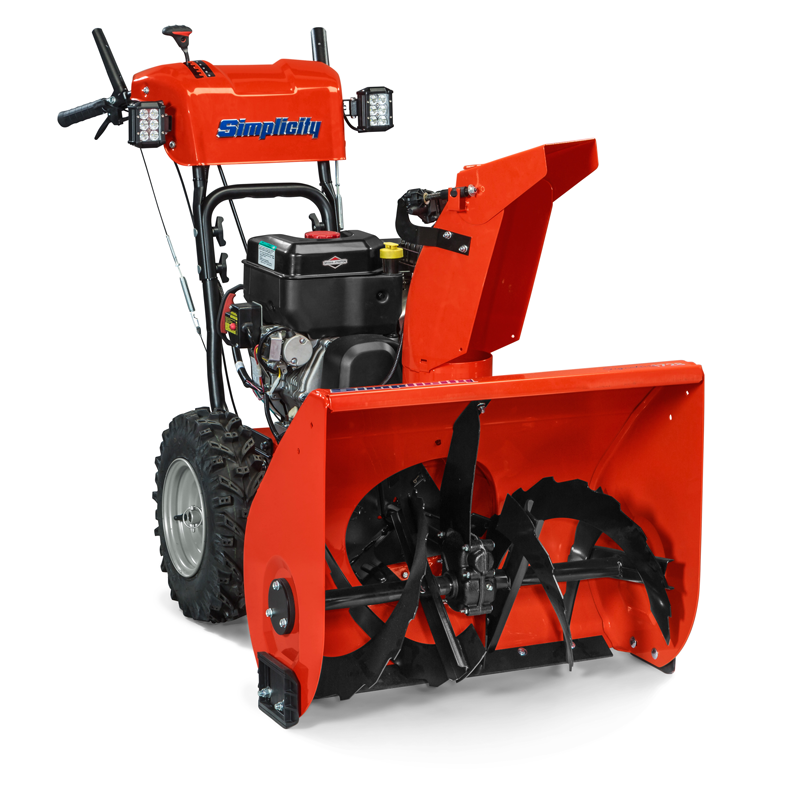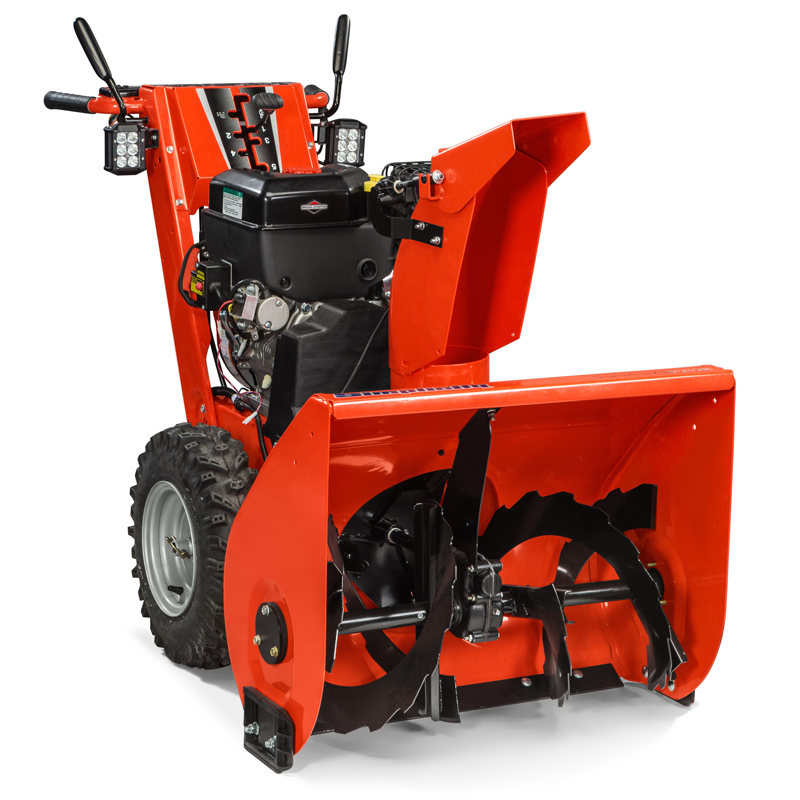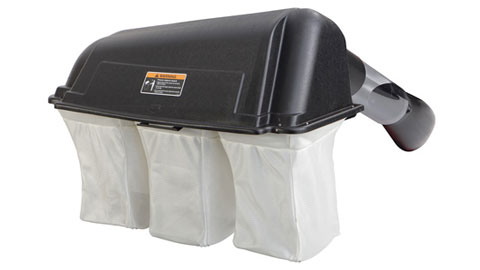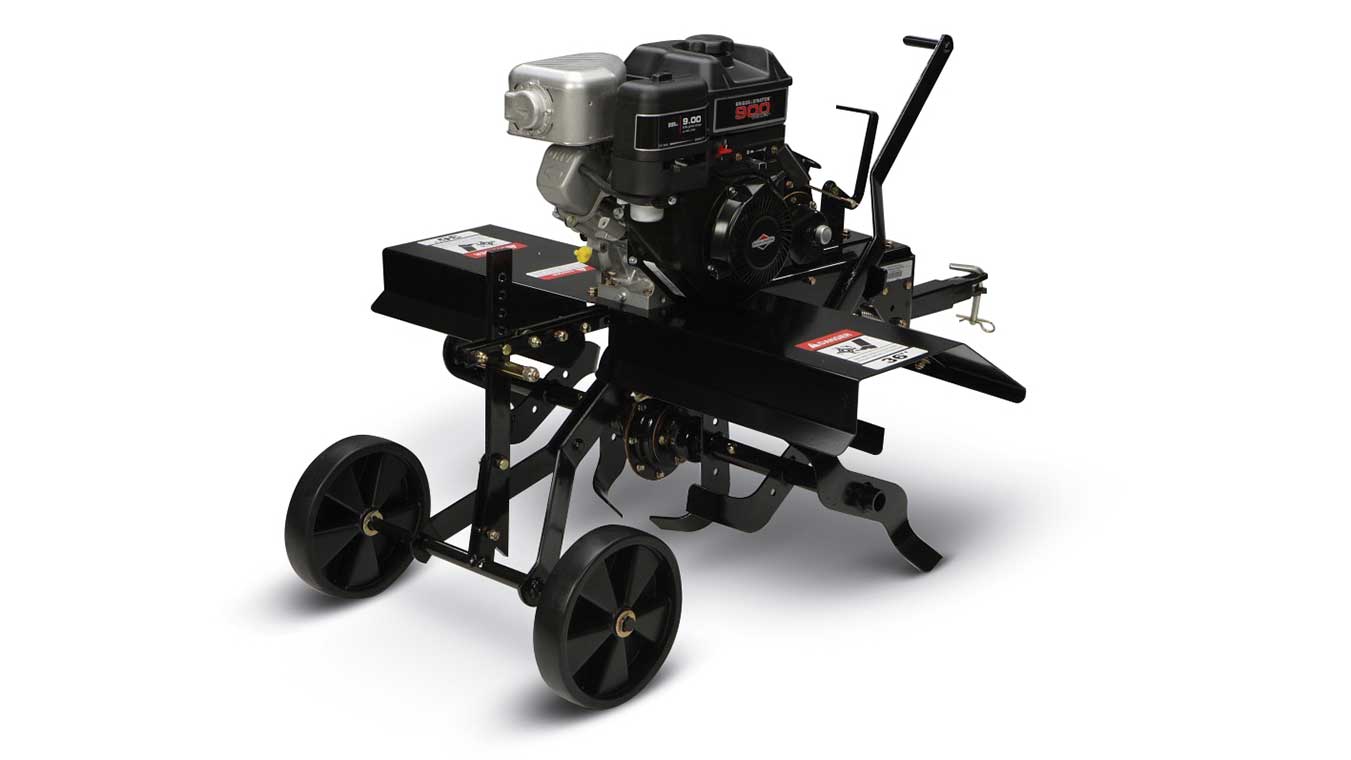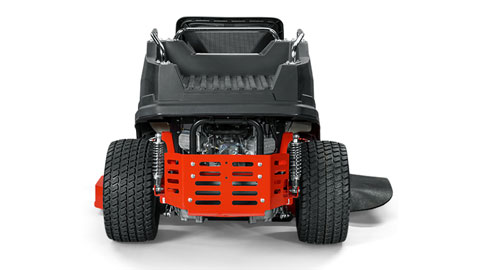Expert Mowing & Lawn Care Tips Even the Pros Will Appreciate
A real professional works to grow and improve their craft. With experience in mind, Simplicity brings you 6 expert lawn care tips even a professional mower would appreciate!
Before delving into the expert tips, the first and most effective course to beautiful grass is to create a lawn care schedule. As a yearlong process, maintaining the yard requires patience and consistency. Start by considering the grass regardless of season and always keep it clear of debris like branches and leaves. In the winter, be sure to mind the grass line when snow blowing or shoveling to prevent damaged, muddy conditions in spring. From there, the following will break down the details of the best lawn care schedule for each tip!
1. Mowing the Lawn
The corner stone to healthy grass is the way in which the lawn is mowed. To expertly mow the lawn, follow these mowing tips:
• Never mow more than one-third of the grass blade off at a time to promote grass root strength, depth and fend off pesky weeds from taking over. You may have to mow the lawn more than once a week when it is growing quickly to follow this rule.
• Alternate the mowing direction each time you cut the grass to not over stress one particular area.
• Be sure to sharpen the mower blades for the most precise quality of cut.
• Consider using a Simplicity lawn tractor or zero turn mower if you have more than one-half of an acre of grass and for baseball field quality lawn striping patterns.
2. Aerating the Lawn
If your lawn doesn't seem as green and healthy as it could be, you could be dealing with soil compaction. This is common when the yard is often used as a play area for children, pets or just has a high amount of foot traffic. To remedy this lawn problem, consider aerating. The trickiest part of this process is determining if the soil is compacted.
• Soil compaction means the grass root is cut off from oxygen and water supply, weakening the grass root structure.
• Test your soil by digging a square foot of grass, six inches deep. If the grass roots have not grown past two inches deep, the grass is safe to aerate.
• The day before you begin lawn aeration, sprinkle the lawn with about 1” of water.
• Use a lawn tractor attachment to penetrate soil the most effectively.
• Aerate warm season grasses between April – June and cool season grasses between August - October
3. Seeding the Lawn
Even mower professionals suffer from lawn bare spots. Filling bare spots in the grass with seed will take a little extra care to grow strong for seasons to come.
• Determine the grass type growing in your yard by taking note (or even a sample) of the description of grass. Also, know the amount of sunlight and an idea of your areas precipitation (to determine the minimum amount of water the grass needs to grow).
• Visit your local garden center to identify and purchase the proper amount of grass seed.
• For cool season grasses, seed in the late summer to early fall. For warm season grasses, seed late spring to early summer.
4. Lawn Fertilization
Your lawn, just like any other living thing, requires nutrients to grow. Grass nutrients like nitrogen, phosphorus and potassium are the keys to an expertly beautiful lawn.
• Your local garden center will have the right fertilizer for your grass type and the bag will indicate how much your grass needs.
• It’s best to fertilize the lawn in the morning while the dew is still fresh.
• Use a fertilizer spreader for the most even distribution.
• Be sure to never over fertilize, this can kill the grass resulting in a damaged lawn for the season.
• Fertilizing the lawn a minimum of three times each year will significantly improve the overall health of your grass. Follow the holiday fertilizing schedule of feeding the grass on or around Memorial Day, July 4th and Labor Day.
5. Mulching
Mulching can be one of the easiest mowing and lawn care tips to execute. Some riding mowers and lawn tractors have a mulching capability that delivers nutrients to the lawn as you mow.
• While mowing, the mulcher kit chops the grass clippings into fine shreds that are evenly distributed on the soil bed. These shredded grass blades redistribute their cool, moisture filled nutrients back into the soil.
• Since the pieces are fine, a good mulcher will not leave clumps of grass but over time, will leave you with a healthy lawn.
6. Watering the Grass
Watering the lawn like an expert is what really ties all of these other tips together. Without the proper lawn watering schedule, it’s impossible to mow, aerate, seed, fertilize or mulch properly.
• Your lawn needs about one inch of water each week. So with recent precipitation in mind, use empty cans placed spatially throughout the lawn. Measure how full the can is to determine how much water is distributed in one, one hour sprinkling session. Calculate that total to equal one inch over the week.
• Water the lawn early in the morning, from 4 AM and 9AM for optimal absorption.
With your expertise in mind, explore these mowing and lawn care tips for comparison against your current yard work practices for a beautiful lawn you will appreciate!
>>With questions regarding lawn tractor attachments or further expert advice, talk to a Simplicity Dealer in your area today!


